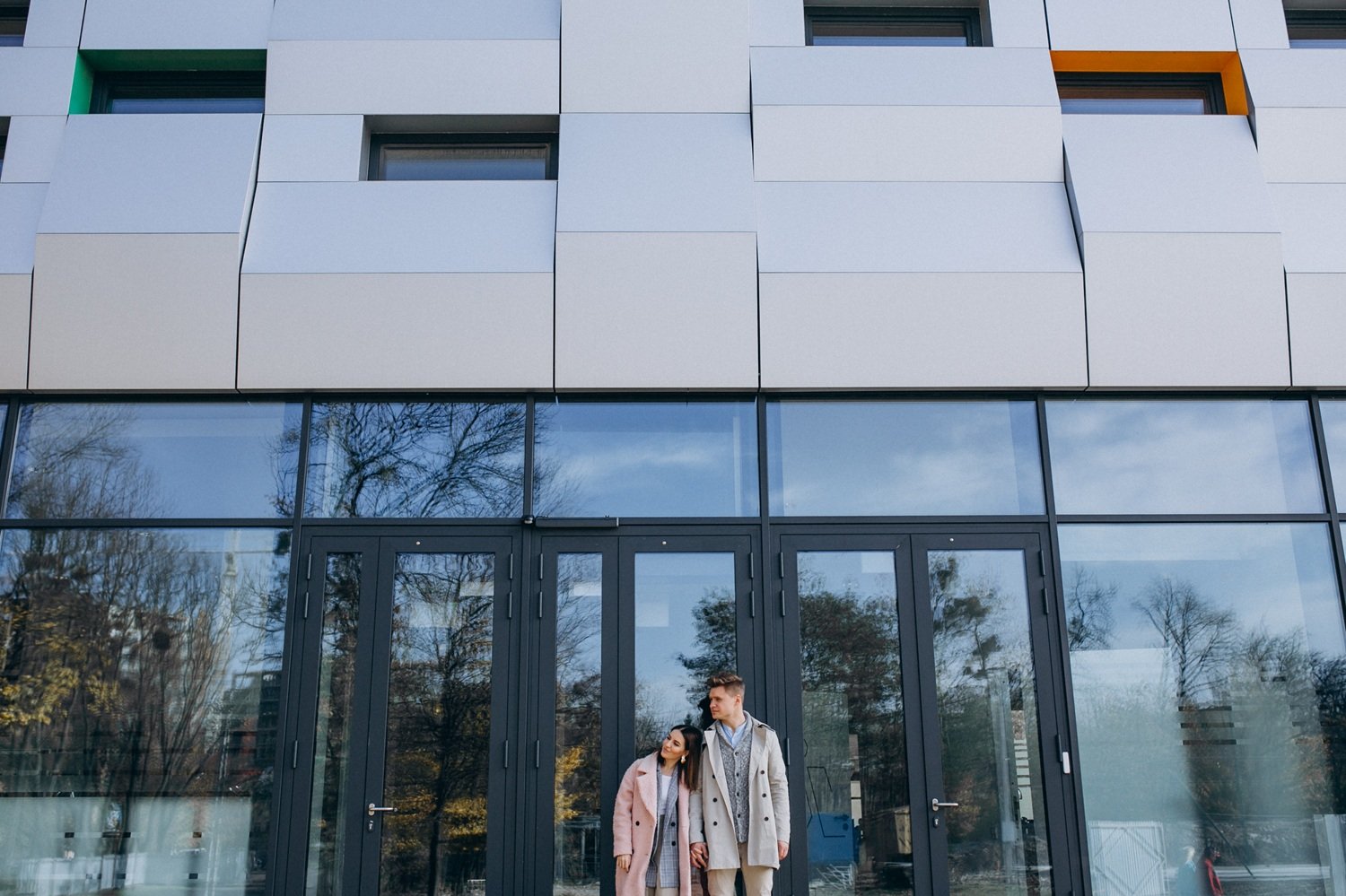No products in the cart.

External Cladding: Transforming the Look and Performance of Modern Buildings Leave a comment
When it comes to enhancing the durability, aesthetics, and energy efficiency of buildings, external cladding plays a crucial role. At ProThings.com.au, we understand the importance of high-quality cladding solutions that not only protect but also elevate the appearance of your property. Whether you’re a builder, architect, or homeowner, choosing the right external cladding can make all the difference.
Cladding refers to an outer layer applied to a building’s exterior walls, serving to protect it from the elements, enhance its thermal efficiency, and improve its overall appearance. Essentially, it acts as a protective “skin” for the structure, safeguarding it against rain, wind, and UV damage while offering additional benefits such as noise reduction and increased fire resistance, depending on the material. Popular cladding materials include timber, fibre cement, metal, stone, and vinyl.
What is External Cladding?
External cladding refers to the application of one material over another to provide a protective and decorative layer on a building’s exterior. It acts as a shield against the elements wind, rain, UV rays, and even fire, while offering an opportunity to dramatically improve the visual appeal of a structure.
Cladding can be made from a variety of materials, including:
- Timber
- Fibre cement
- Metal (aluminium, steel, zinc)
- Brick slips
- Composite panels
- uPVC
Each material comes with its own unique benefits, and the choice largely depends on the desired aesthetic, budget, and performance requirements.
Related Post: Transform Your Property with External Wall Cladding
Key Functions of Cladding
Investing in external cladding is about more than just appearance. Here are some key benefits:
- Weather Protection: Cladding primarily serves to shield buildings from environmental factors like wind, rain, and UV rays.
- Thermal Insulation: Certain cladding systems enhance the building’s energy efficiency by providing insulation that helps maintain stable indoor temperatures.
- Aesthetic Enhancement: Cladding offers a broad range of options in terms of colors, textures, and finishes, allowing it to complement various architectural designs.
- Noise Reduction: Cladding can improve sound insulation, helping to reduce noise from external sources.
- Fire Resistance: While some cladding materials are designed to resist fire, others, such as certain aluminium composite panels or expanded polystyrene, can increase the risk of fire spread, as highlighted by Vic Gov.
External Cladding Trends in Australia
In Australia, external cladding is seeing a shift towards more sustainable and fire-resistant materials. Fibre cement cladding, for instance, is gaining popularity due to its durability, non-combustibility, and versatility. Timber-look aluminium cladding is another trend, offering the warmth of wood without the maintenance.
Architects are also increasingly mixing materials combining brick with metal panels or timber with render to create bold, modern facades that stand out while remaining functional.
Common Cladding Materials
- Timber/Weatherboard: A traditional and natural choice with aesthetic charm, though it may require periodic maintenance.
- Fibre Cement: Known for its durability and resistance to moisture, termites, and fire, making it a long-lasting option.
- Metal: Materials like aluminium are valued for their robustness and contemporary appearance.
- Stone: Offers a luxurious, timeless aesthetic and a grounded, natural feel.
- Vinyl: A popular and cost-effective choice for residential cladding, providing a versatile and low-maintenance option.
- Composite Boards: These combine recycled timber, plastic, and mineral fillers, offering a low-maintenance option that mimics the look of wood, as noted by Keksia and YourHome.
Choosing the Right Cladding for Your Project
When selecting an external cladding solution, consider:
- Climate and environment: Coastal areas may benefit from corrosion-resistant materials like aluminium or fibre cement.
- Budget: Composite materials may offer a balance between cost and performance.
- Aesthetic goals: Timber and brick offer a classic appeal, while metal and composite panels lean more modern.
- Fire safety requirements: Especially in bushfire-prone areas, choosing fire-rated cladding is critical.
Partner with ProThings for Your Cladding Needs
At ProThings, we offer a curated selection of external cladding products that meet Australian standards and suit a variety of building applications. Whether you’re working on a new construction or a renovation, our expert team is here to help you choose the ideal solution for your project.
We pride ourselves on quality, customer service, and delivering cladding materials that combine performance with visual appeal. Explore our product range or reach out to our support team for personalised advice.

